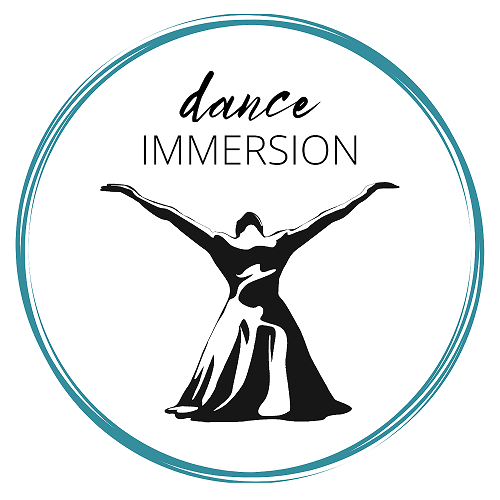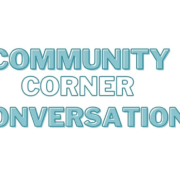From October 21-23, 2022, dance Immersion hosted the Legacy Series: Jazz Dance Symposium. On the first night we watched the extraordinary documentary entitled “Everything Remains Raw: A Historical Perspective on Hip Hop Dance” by E. Moncell Durden. The documentary was incredible and deeply informative on the different types of dances from African American and Latinx people that changed the dance landscape of the United States. The weekend program inspired many conversations including one among some colleagues led by Nicole Inica Hamilton of Turn Out Radio, about the room’s thoughts on the history of our dances, and the complexities of codification, regulation and syllabus notations.
Even the way in which we learn, consume and engage in dance keeps evolving. We have moved away from learning from our elders in the villages, our peers on the street corners, friends and strangers at the clubs, basement parties, sessions at the community centers, family bbqs. For many, these have been replaced by dance studio lessons and/or learning through social media platforms to engage and learn movement. We often heavily rely on dance studios or social media to engage and learn movement.
Over time certain dance styles have changed or disappeared into the abyss. When we first started this community conversation corner, we talked about the importance of preserving our cultures and our customs through dance, which inspired me to think about the concept of codification.
Could codification be the answer to keeping our dance styles alive in their purest forms?
Codification is described as the process of naming certain movements or steps and setting the physical technique of the latter (Keyes, 2018).
My understanding of this definition is that the dance form would stay in its original form, remain constant, and also that artists engaging in the dance form would know the names of the movements, their meaning and its history.
Although, in theory, this seems wonderful, I cannot help but wonder if this process is feasible or advisable when we refer to street or traditional styles.
Key questions include:
If a style derives from an individual’s self-expression, lifestyle, cultural or spiritual practice, can we codify it?
If we were to begin to codify certain dance forms, how would we go about ensuring their authenticity?
How do we ensure the individual still has the freedom to explore their natural body in movement?
How do we begin to codify a dance that has been modified throughout the years?
Can we codify some African Diasporic dances but not all?
Finally, what would be the process to begin coding?
In our upcoming November-December 2022 Instagram Live series – in partnership with Turn Out Radio, we will work with artists to explore these questions.
And please submit your own thoughts in the comments below. If you have thoughts that you would rather not share publicly, please email me at info@danceimmersion.ca.
~ Zahra

